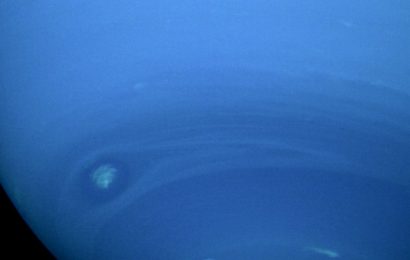Our perception of Planet Venus might not be so correct after all. There is new research in progress that might just put an end to the belief that the planet is geologically dead
There seems to be some ongoing volcanic and tectonic activity in the planet’s outer shell that suggests that even though it is different from the Earth, the planet is actually alive geologically speaking. Scientists are working on explaining the planet’s landscape which includes an idea that proposes the existence of “toffee planets”, a theory formulated after studying exoplanets.
Over the last few decades, the focus was on Mars and its geology, but now it seems the tide is changing. Information we had so far was from researchers who studied Venus’s surface based on data from Magellan which was a Nasa mission that ended in 1994. Then there was information regarding atmospheric science from a European mission called Venus Express, and a Japanese spacecraft called Akatsuki.
But now, finally, The European Space Agency (Esa) is considering a Venus mission called EnVision. However, what poses the most difficulties in making a decision is the fact that Venus is a hothouse world with a surface temperature of 500C that can melt lead, also, the planet’s thick atmosphere has cranked the surface pressure up to 90 bars.
Scientists say that Earth and Venus probably started out being similar but in time Earth got a cold climate, oxygen and life, while Venus got hotter and drier and could have even harbored oceans for more than a billion years of its early history. How and when its lost that water is what scientists want to shed light on.
They also want to study the tectonic activity of the planet, which even though it does not seem to have plate tectonics, it seems to have a network of ridges and faults similar to those from the Earth. If the EnVision project is approved it will be responsible of carrying aperture radar to test Venus’s outer layer and see if indeed the planet’s outer shell is active.
Source: bbc.com



